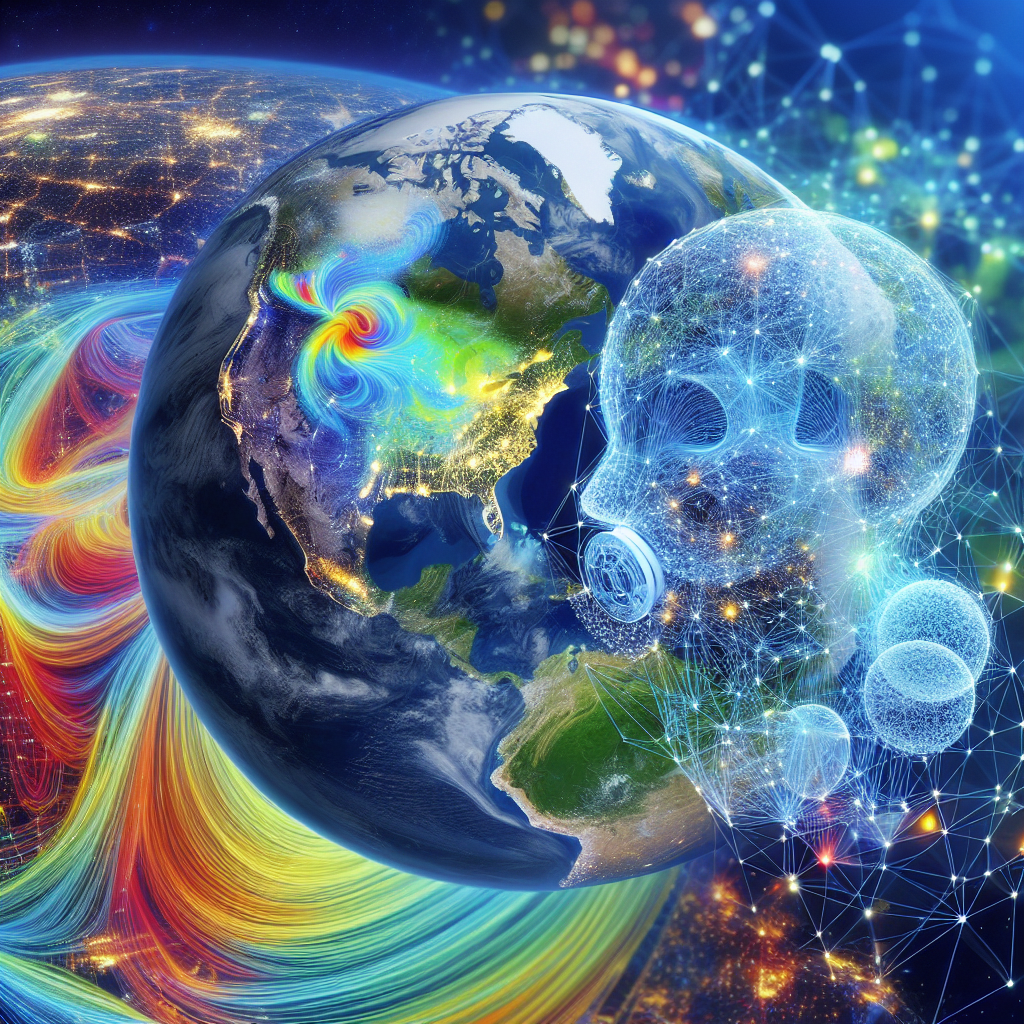Air pollution is a major global issue that affects the health and well-being of millions of people around the world. According to the World Health Organization, air pollution is responsible for an estimated 7 million premature deaths every year. In order to combat this problem, many cities and organizations are turning to artificial intelligence (AI) technology to monitor and improve air quality levels.
AI technology has the potential to revolutionize the way we monitor and address air pollution. By using machine learning algorithms and data analytics, AI systems can analyze vast amounts of data from sensors and other sources to provide real-time information on air quality levels. This information can be used to identify sources of pollution, track trends over time, and make informed decisions about how to reduce pollution levels.
One of the key advantages of using AI to monitor air quality is its ability to provide accurate and timely information. Traditional monitoring methods, such as manual sampling and analysis, can be time-consuming and expensive. AI systems, on the other hand, can continuously monitor air quality levels and provide instant feedback to decision-makers. This real-time data can help cities and organizations respond quickly to pollution events and take action to protect public health.
In addition to monitoring air quality levels, AI technology can also be used to improve air quality by optimizing pollution control measures. By analyzing data on pollution sources and their impact on air quality, AI systems can help identify the most effective strategies for reducing pollution levels. This may include optimizing traffic flow, regulating industrial emissions, or implementing green infrastructure projects.
One example of AI technology being used to improve air quality is the CityAir platform developed by the European Commission. CityAir uses AI algorithms to analyze data from sensors and other sources to provide real-time information on air quality levels in cities across Europe. This information is used by city officials to make informed decisions about pollution control measures and public health interventions.
Another example is the CleanSpace platform developed by the startup Aclima. CleanSpace uses AI technology to analyze data from mobile air quality sensors to create hyper-local air quality maps. These maps can help individuals and communities make informed decisions about when and where to exercise, walk, or spend time outdoors.
While the use of AI technology to monitor and improve air quality has great potential, there are also challenges and limitations to consider. One of the main challenges is the lack of standardized data collection methods and sensor technologies. In order for AI systems to provide accurate and reliable information, it is essential to have high-quality data from a variety of sources. This may require collaboration between governments, researchers, and industry to develop common standards for data collection and sharing.
Another challenge is the potential for bias in AI algorithms. Like all machine learning systems, AI algorithms can be influenced by the data they are trained on. If the training data is biased or incomplete, the AI system may provide inaccurate or misleading information about air quality levels. To address this issue, it is important to ensure that AI algorithms are trained on diverse and representative data sets.
Despite these challenges, the use of AI technology to monitor and improve air quality holds great promise for the future. By harnessing the power of machine learning and data analytics, cities and organizations can gain valuable insights into air pollution levels and take targeted action to reduce pollution and protect public health.
FAQs
Q: How does AI technology monitor air quality levels?
A: AI technology uses machine learning algorithms and data analytics to analyze data from sensors, satellites, and other sources to provide real-time information on air quality levels.
Q: What are the benefits of using AI to monitor air quality?
A: AI technology can provide accurate and timely information on air quality levels, help identify sources of pollution, and optimize pollution control measures to improve air quality.
Q: What are the challenges of using AI to monitor air quality?
A: Challenges include the lack of standardized data collection methods and sensor technologies, the potential for bias in AI algorithms, and the need for collaboration between governments, researchers, and industry to develop common standards for data collection and sharing.
Q: How can individuals and communities benefit from AI technology to monitor air quality?
A: AI technology can help individuals and communities make informed decisions about when and where to exercise, walk, or spend time outdoors based on hyper-local air quality maps generated by AI algorithms.
Q: What are some examples of AI technologies being used to monitor and improve air quality?
A: Examples include the CityAir platform developed by the European Commission and the CleanSpace platform developed by the startup Aclima, which use AI algorithms to analyze data from sensors and other sources to provide real-time information on air quality levels.

